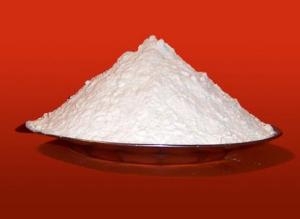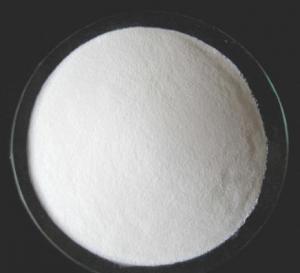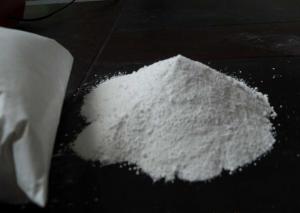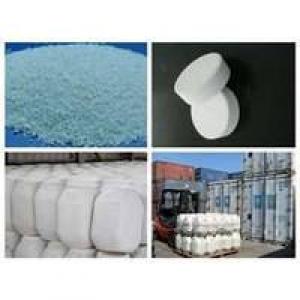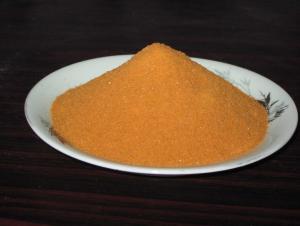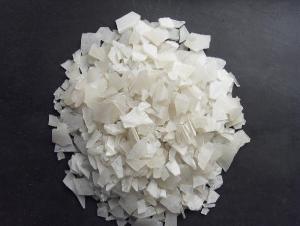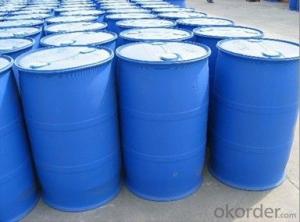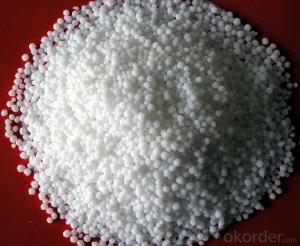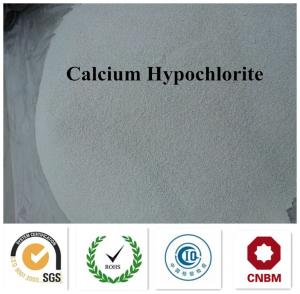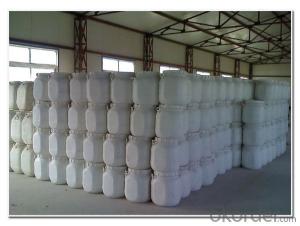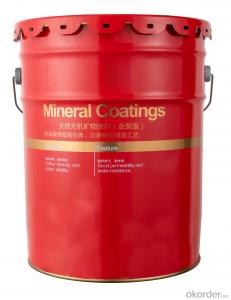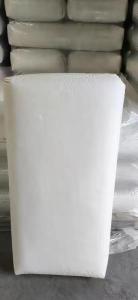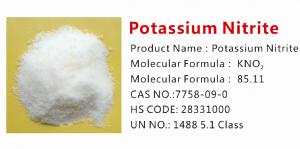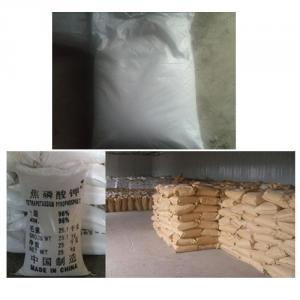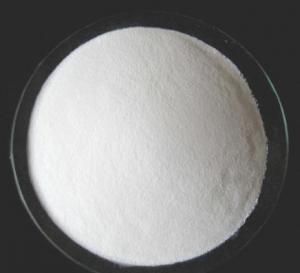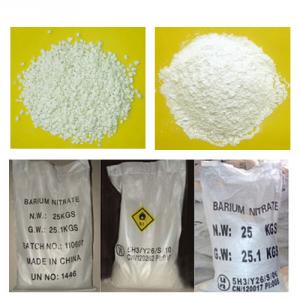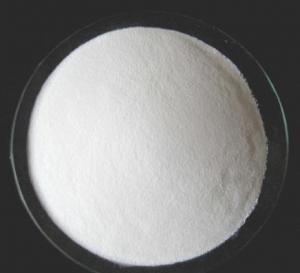Zinc Chloride Chemical Additives Powder
- Loading Port:
- China main port
- Payment Terms:
- TT OR LC
- Min Order Qty:
- 1000 kg
- Supply Capability:
- 500000 kg/month
OKorder Service Pledge
OKorder Financial Service
You Might Also Like
Zinc Chloride
Product Name: Zinc Chloride
Molecular Formula: ZnCl2
Molecular Weight: 136.29
CAS NO.: 7646-85-7
HS CODE: 2827399000
UN NO.: 2331 8 Class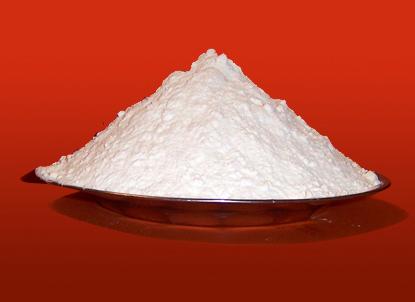
Standard: GB1625-79
| Item | Specification | |
| Battery Grade | Industrial Grade | |
| Zinc Chloride content %≥ | 98.0 | 97.5 |
| Hydrochloric soda content (as ZnO) % | 1.8-2.2 | 2.2 |
| Sulphates (as SO4)content%≤ | 0.01 | 0.01 |
| Barium (Ba)content%≤ | 0.1 | 0.1 |
| Ferrous(Fe)content%≤ | 0.0005 | 0.001 |
| Heavy Metals(as Pb)content%≤ | 0.0005 | 0.001 |
| Zinc Corrosion test | Acceptable | - |
Applications:
It is mainly used in battery industry as raw material, dehydratror and catalyst in synthesis industry and
mordant, mercerizator, starch gum and preserving in dyeing industry.
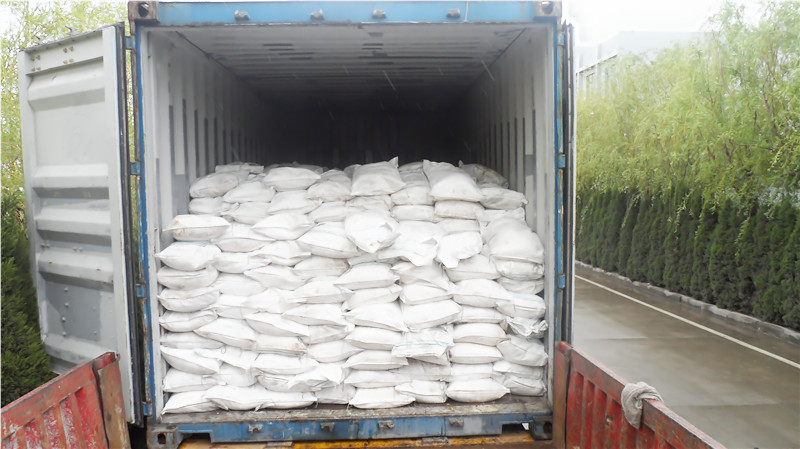
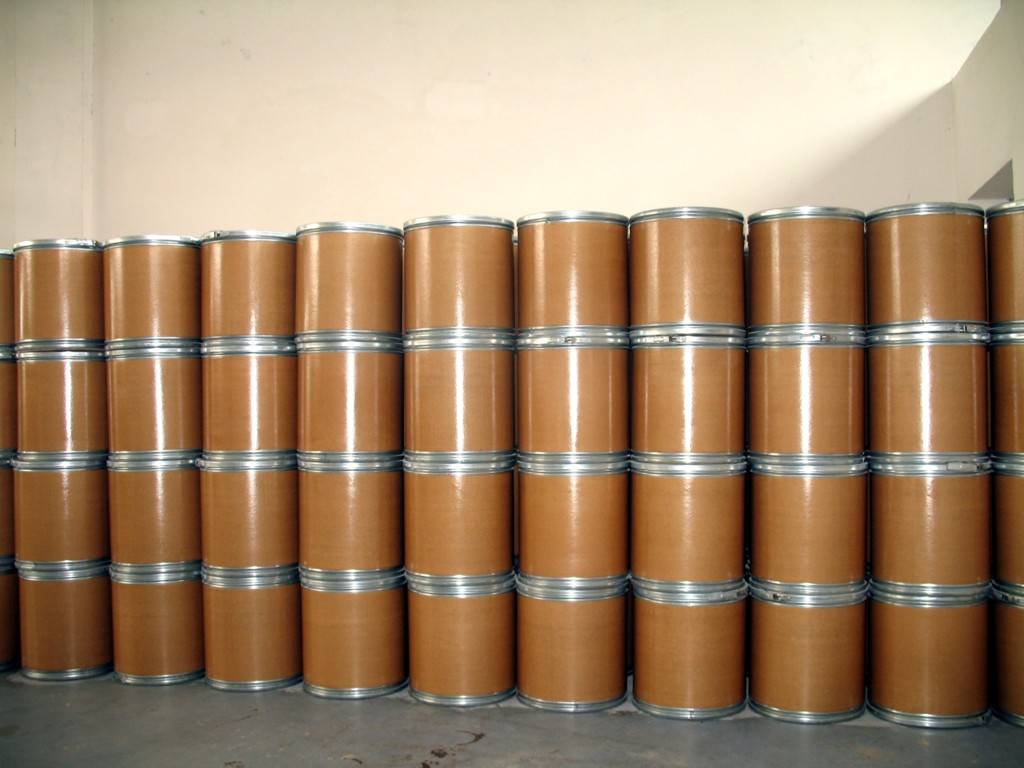
Packing: 25kg/ 50kg P.P.vacuum bag 50kg pasteborad bucker/galvanises drums from inside ect .
FAQ
1.Q: What is MOQ?
A: Our MOQ is 1 TON.
2.Q: Could you offer free sample?
A: We can provide free samples to you for quality testing.
3.Q: What about your packing?
A: For liquid: Flexitank, or IBC tank 1000L
For powder:Woven fabric bag with plastic film liner( 25kg or 1000kg)
Clients’ packing is workable.
4.Q: How about your productive capacity?
A: 150000 tons/Year.
5.Q: What is your delivery time?
A: Within 7 days after received deposit or L/C at sight.
- Q:What is the inorganic salt
- The main sources of various inorganic salts and the lack of the main performance (1) sodium sodium is the main ingredient of salt.China's nutrition society recommended adults over 18 years of age sodium intake of 2.2 grams per day, the elderly should take light food Sodium is commonly found in a variety of foods. The main sources of sodium are sodium, soy sauce, pickled foods, smoked foods, salty foods, etc. (2 Calcium is an important part of bone. Disease, osteoporosis, etc .. China Nutrition Society recommended adults aged 18-50 adult calcium intake of 800 mg per day; 50 years of age in the elderly 1000 mg.General calcium-rich foods are milk, yogurt, Oatmeal, sea cucumber, shrimp, wheat, soybean meal, soy products, lily, etc. (3) magnesium is the necessary elements to maintain the structure and function of bone cells.Magnesium deficiency can lead to nervous tension, emotional instability, muscle tremor and so on. (4) Phosphorus is an important part of the composition of bones and teeth. (4) Phosphorus is an important component of bone and teeth. (4) Phosphorus is an important component of bone and teeth. Severe phosphorus deficiency can lead to anorexia, anemia, etc. China Nutrition Society recommended adults over 18 years of age the appropriate intake of phosphorus is 700 mg. Common phosphorus-containing foods are lean meat, eggs, milk, animal offal, kelp, Nuts, coarse grains. (5) Iron is the most content of trace elements in the human body, iron and the human body's life and its health are closely related to iron deficiency will lead to iron deficiency anemia, immunity decreased. China Nutrition Society recommended 50 years old More than men's or women's iron daily intake of 715 mg. Common iron-rich foods are animal liver, kidney, caviar, lean meat, potatoes, wheat bran.
- Q:How much of the body's inorganic salts account for the weight of the body?
- The inorganic salts in the human body account for about 5%
- Q:are there any other foods than water and salt that have an abiotic origin (lifeless, inorganic)?
- water and salt aren't foods. There is no caloric value in them, so they cannot be foods. We live on earth. All foods have an organic origin.
- Q:The difference between the ignition of inorganic salts and organic matter
- Sodium is the main ingredient of salt. China Nutrition Society recommended adults over the age of 18 sodium suitable for daily intake of 2.2 grams, the elderly should take light food. Sodium is commonly found in a variety of foods, the main source of sodium sodium, soy sauce, pickled food, smoked food, salty food.
- Q:Please help me!
- Yes it is considered to be organic only if the compound contains carbon. Oxygen and Hydrogen have no bearing on that, for example CO2 is organic, whereas H2O is not.
- Q:in the ocean
- Salts are the result of the association of cations and anions. Cations are usually metals like Calcium, Sodium, Potassium anions are ususally sulfates, phosphates, carbonates...... calcium carbonate and calcium phosphate are useful in making bone. Potassium Chloride is important in heart beat regulation Sodium Chloride is important in maintaining blood pressure. Carbonate is important in blood chemistry and the transfer of energy within a cell. all these salts are found in abundance in the ocean. If you follow evolution, those salts in the ocean have given rise to our own blood chemistry and organic health.
- Q:What substances can detect inorganic salts
- To see what inorganic salt, and mainly to test metal ions. Since it is sweat, then the main salt, that is, NaCl, which is detected NA + and CL-.
- Q:Is the inorganic salt related to the excitement
- Nerve impulses are transmitted in all or no way without attenuation along the nerve fibers. The conduction velocity of the action potential varies depending on the type of the animal, the type of nerve fibers, the thickness and the temperature.
- Q:My body fat rate 14.6 normal body fat percentage 31.2 is more than the normal value I do not know the difference between the two please God answer ah Thank you very grateful and then those elements of my lack of God is the situation ah I love meat is not a vegetarian! And I super love to eat eggs! And my super love to drink water!
- The gym can also be measured
- Q:What fruit contains more minerals?
- Watermelon fruit contains 90% or so, so there are "watermelon," said watermelon contains a variety of nutrients and chemical substances. Watermelon pulp contains protein, sugar, crude fiber, potassium, phosphorus, calcium, iron, sodium, magnesium Chlorine, niacin, vitamin A, vitamin B1 and vitamin B2 in the watermelon juice also contains citrulline, alanine and glutamic acid and other amino acids, malic acid and other organic acids, pectin and a small amount of glycosides, and Medlar, cinnamon and other alkaloids and so on.
1. Manufacturer Overview |
|
|---|---|
| Location | |
| Year Established | |
| Annual Output Value | |
| Main Markets | |
| Company Certifications | |
2. Manufacturer Certificates |
|
|---|---|
| a) Certification Name | |
| Range | |
| Reference | |
| Validity Period | |
3. Manufacturer Capability |
|
|---|---|
| a)Trade Capacity | |
| Nearest Port | |
| Export Percentage | |
| No.of Employees in Trade Department | |
| Language Spoken: | |
| b)Factory Information | |
| Factory Size: | |
| No. of Production Lines | |
| Contract Manufacturing | |
| Product Price Range | |
Send your message to us
Zinc Chloride Chemical Additives Powder
- Loading Port:
- China main port
- Payment Terms:
- TT OR LC
- Min Order Qty:
- 1000 kg
- Supply Capability:
- 500000 kg/month
OKorder Service Pledge
OKorder Financial Service
Similar products
New products
Hot products
Related keywords
